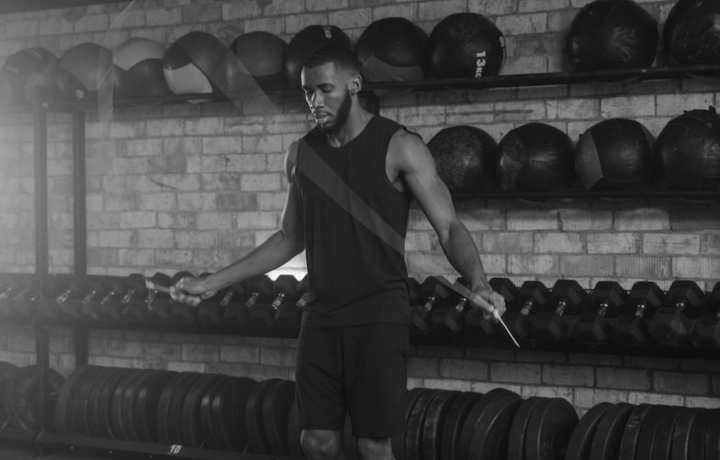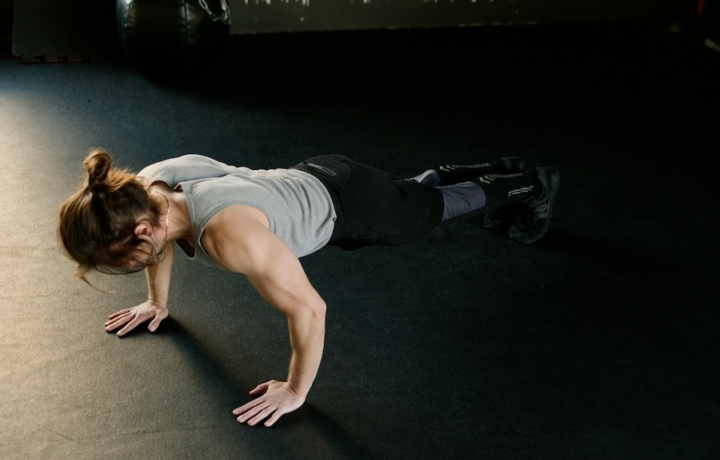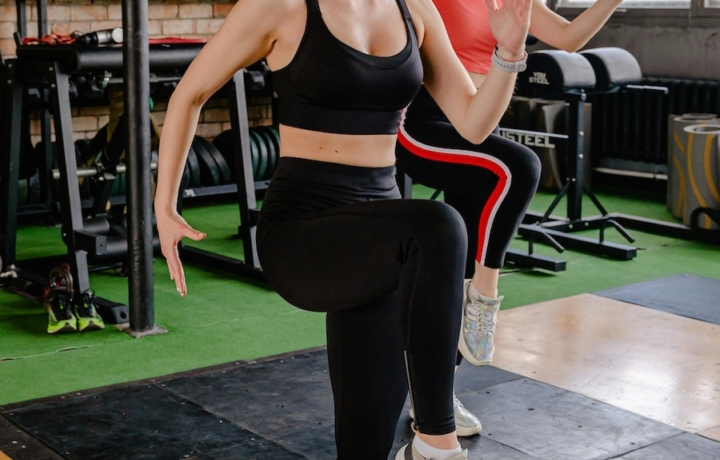Short, intense and effective
HIIT
HIIT stands for High-Intensity Interval Training, a time-efficient way to improve endurance, burn fat, and build power. It combines short bursts of high effort with brief recovery periods, making it ideal for both beginners and advanced athletes. In this section, you’ll find definitions of core concepts, different HIIT formats, workout examples, and answers to common questions: so you can train smarter in less time.
FAQ (6)
Yes—especially when paired with a healthy diet. The combination of high calorie burn and afterburn effect makes it an efficient fat-loss method.
15–20 minutes is a great starting point. With proper intensity, that’s more than enough to trigger cardiovascular and metabolic adaptations.
HIIT burns more calories in less time, improves cardiovascular health, and boosts metabolism after your workout. It also helps build strength and muscle definition while keeping workouts varied and engaging.
No equipment is required, but you can use dumbbells, kettlebells, or resistance bands to increase intensity and variety. Bodyweight exercises alone can deliver excellent results.
Most people benefit from 2–3 HIIT sessions per week. This allows you to recover properly while still seeing improvements in fitness, endurance, and fat loss.
The best cardio exercises include running, cycling, rowing, jumping rope, and HIIT workouts. These activities raise your heart rate, improve cardiovascular fitness, and support fat loss. Choose exercises you enjoy and can do consistently — variety helps prevent plateaus and keeps motivation high.
Definitions
Also known as the afterburn effect, EPOC is the increased calorie burn that continues after intense exercise. HIIT elevates EPOC more than steady-state cardio, helping your body burn calories even after your workout is done.
HIIT relies heavily on the anaerobic energy system, meaning your body works without oxygen during intense efforts and repays the oxygen debt during rest. This improves power, speed, and cardiovascular fitness — and contributes to the “afterburn” effect.
A popular HIIT protocol: 20 seconds on, 10 seconds off, repeated for 8 rounds (4 minutes total). Often used with bodyweight exercises or cardio machines. Despite its short duration, Tabata is extremely intense and effective when done correctly.
The ratio between how long you work and how long you recover. Common HIIT ratios include:
- 1:1 (e.g. 30s work, 30s rest) — for balanced intensity
- 2:1 (e.g. 40s work, 20s rest) — more intense
- 1:2 (e.g. 20s work, 40s rest) — better for beginners
The right ratio depends on your goal and fitness level.
A training method that alternates between short bursts of maximum effort and brief rest or low-effort periods. A typical HIIT workout lasts 10–30 minutes and is designed to push your heart rate to 80–95% of its max during work intervals. It's highly efficient for fat loss, conditioning, and time-crunched workouts.











